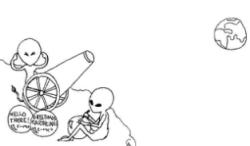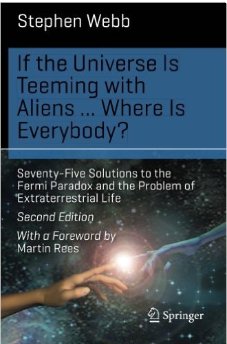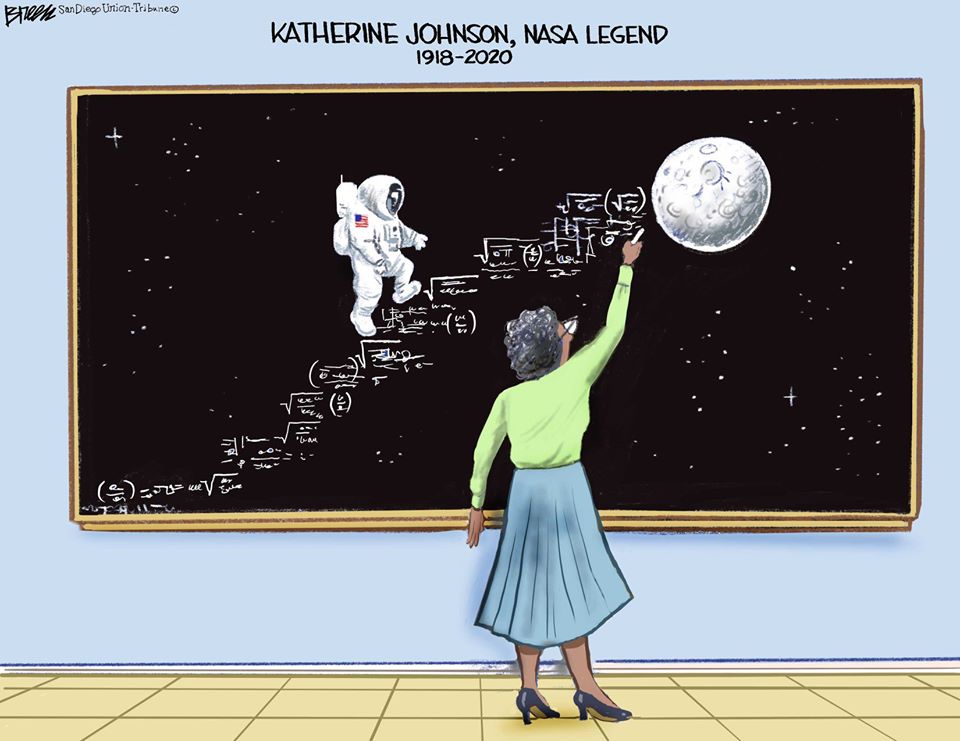
My Son,
Evan Rose, tried to become "The
Future of Night Life" with his startup
Nite-Fly. He found that nightlife providers are a scary
bunch -- most such businesses fail within a year or so, so
they're not exactly forward looking. He (and we -- looking to
retire early  ) are much more hopeful
about Evan's current business. He's essentially seeking to
become a hitech headhunter who provides various companies with
what they need -- smart employees. In the process he's become
a rather good web developer! Check out e-cruit and this recent
Huffington
Post profile on entrepreneurs (he's #15
) are much more hopeful
about Evan's current business. He's essentially seeking to
become a hitech headhunter who provides various companies with
what they need -- smart employees. In the process he's become
a rather good web developer! Check out e-cruit and this recent
Huffington
Post profile on entrepreneurs (he's #15  ).
).
Former student, Randal Pinkett,
founder of BCT Partners
and the Donald Trump Season 4
Apprentice (Google
Search) was absolutely spectacular as an undergraduate
in our department -- I remember him most for never letting us
see him sweat -- even when I made up an exam just for him
(though I gave the exam to the whole class  ).
So, he's always been preternaturally graceful under pressure.
Randal went on to an even more spectacular academic career
(Rhodes Scholar, MBA and Ph.D. from M.I.T.) and was clearly
the best candidate The Apprentice had ever seen. In fact, I
found it puzzling how much hand wringing was done over which
of the two final candidates to hire -- there really was no
other choice. Perhaps they manufactured a bit of theater?
).
So, he's always been preternaturally graceful under pressure.
Randal went on to an even more spectacular academic career
(Rhodes Scholar, MBA and Ph.D. from M.I.T.) and was clearly
the best candidate The Apprentice had ever seen. In fact, I
found it puzzling how much hand wringing was done over which
of the two final candidates to hire -- there really was no
other choice. Perhaps they manufactured a bit of theater?  Here's Randal's
wikipedia page.
Here's Randal's
wikipedia page.
My "Big
Brother" S. James Gates, Jr.,
the Ford Foundation Professor of Physics and Affiliate
Professor of Mathematics at Brown University, sat on President
Obama's Council of
Advisors on Science and Technology (PCAST for short). In
December 2012 he was named
as a National Medal of Science winner. Jim
was actually a "big brother" (and a legend) for close to a
generation of students who came through MIT in the '70s and
early '80s. (Shirley
Jackson -- current president of RPI -- is another MIT
legend who's been appointed to the PCAST as well). Jim
is an amateur Einstein historian who focuses on Einstein's
stance on human rights. Jim also has ideas on diversity
in the STEM fields, espoused in a talk
given
at Rutgers in February 2011. Want more
information? Both Jim
and Shirley
have Wikipedia pages.
My "Brother" Emery
Brown is a big deal professor in the Harvard/MIT
program in Cambridge. We were antipodal undergrads (Emery was
a Harvard brat while I was an MIT gnerd) and graduate students
together. We also vied for lifer status (Emery won that
one  ). His area is anesthesiology as this
delightful New
York
Times Profile shows. However, what many do not
realize is that Emery's main research passion is something
that knocks directly on the door of one of the biggest Big
Questions there is: what is consciousness?
Emery's experimental work considers how mental state relates
to measurable electrical phenomena in the brain -- of rats, so
there's no need to go out and buy helmets and tin foil hats
... yet. And as you might have already guessed, Em has a
wikipedia page.
). His area is anesthesiology as this
delightful New
York
Times Profile shows. However, what many do not
realize is that Emery's main research passion is something
that knocks directly on the door of one of the biggest Big
Questions there is: what is consciousness?
Emery's experimental work considers how mental state relates
to measurable electrical phenomena in the brain -- of rats, so
there's no need to go out and buy helmets and tin foil hats
... yet. And as you might have already guessed, Em has a
wikipedia page.
My "Little
Brother" Todd
Coleman is a Professor at UCSD in Bioengineering after
successfully luring him from the corn (UIUC). He is a
true academic star and not only scary smart, but scary driven
and scary savvy. Here's a nice
profile of Todd. His area is information theory
applied to biological (mostly electrical) signals.
Whether he wins a Nobel or creates a business empire only time
will tell. Here's a recent Science paper of his
that caused somewhat of a rage in non-invasive bioelectrical
signal sensing. I'm delightedly proud (and
somewhat in awe) of Todd.
My other "Little Brother" John
Asher Johnson is pretty fantastic too. He's one of
those planet hunting
astrophysicists and was recently plucked from Cal Tech
as a 3-year-in assistant professor into a tenured full
professorship at Harvard. In addition, Harvard is
supporting his push to develop an astrophysics institute,
aimed at developing a pipeline of URM astrophysicists. And
yeah, he has a wikipedia
page too, even at his tender young age. 
Out of This World (prize-winning, believe it or not!)
Picture
by Nick Romanenko of Rutgers

Updated: July 1st, 2020
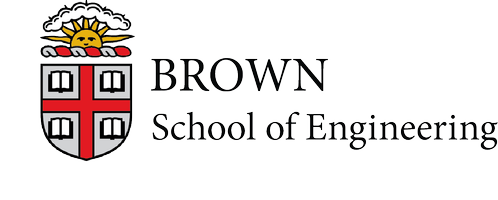
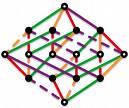
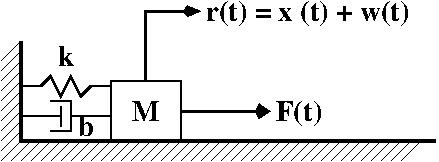


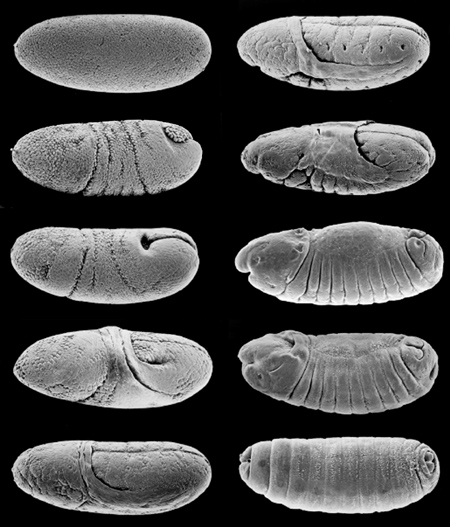
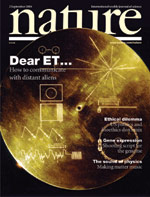

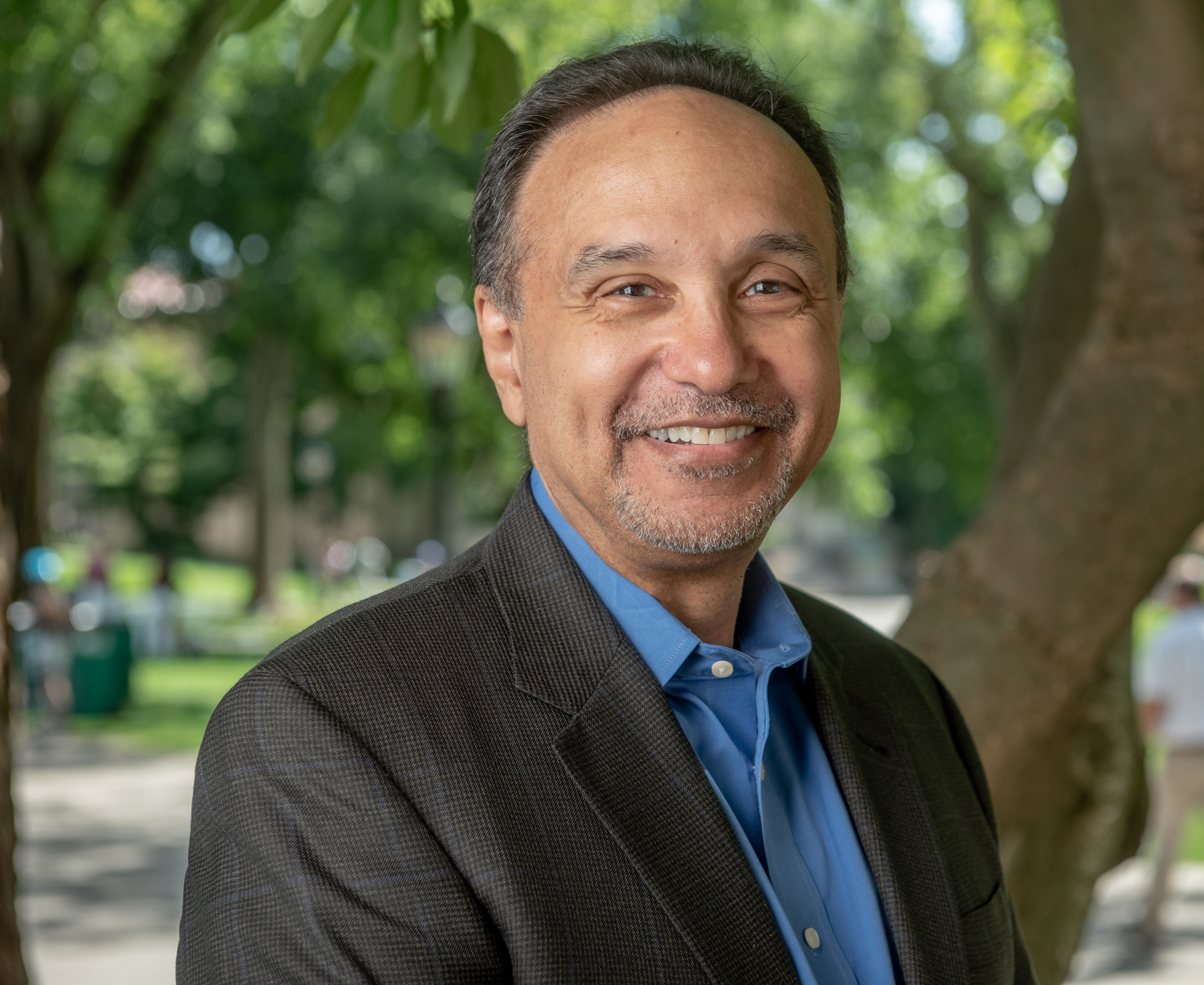 Following graduate
school, he joined AT&T Bell Laboratories in Holmdel, N.J.
as a member of the Network Systems Research Department where he
regaled his peers with levitated center conductor Hi-Tc
superconducting cables, annoyed them by showing random lightwave
network architectures performed as well as carefully sculpted ones,
and puzzled them with odd applications of cellular automata.
In 1990 when Arno
(Penzias) told everyone in "Area 11" to go to academe if they were
not keenly interested in the corporate bottom line (including his
Nobel partner Bob
[Wilson]), Chris was congratulated on his timing as he joined
the E&CE at Rutgers University the very next week. He was
a Professor of Electrical & Computer Engineering at Rutgers
University until 2015 when he joined Brown University as a Professor
of Engineering and Associate Dean of the Faculty for Special
Initiatives. In 2020 he was appointed Associate Provost for STEM
Initiatives, and now serves as the Director of STEMJazz
Programs, also at Brown. Chris is a Fellow
of the IEEE, cited "for contributions to wireless
communication systems theory" and has also served as a full member
of the Army
Science Board (2013--2014).
Following graduate
school, he joined AT&T Bell Laboratories in Holmdel, N.J.
as a member of the Network Systems Research Department where he
regaled his peers with levitated center conductor Hi-Tc
superconducting cables, annoyed them by showing random lightwave
network architectures performed as well as carefully sculpted ones,
and puzzled them with odd applications of cellular automata.
In 1990 when Arno
(Penzias) told everyone in "Area 11" to go to academe if they were
not keenly interested in the corporate bottom line (including his
Nobel partner Bob
[Wilson]), Chris was congratulated on his timing as he joined
the E&CE at Rutgers University the very next week. He was
a Professor of Electrical & Computer Engineering at Rutgers
University until 2015 when he joined Brown University as a Professor
of Engineering and Associate Dean of the Faculty for Special
Initiatives. In 2020 he was appointed Associate Provost for STEM
Initiatives, and now serves as the Director of STEMJazz
Programs, also at Brown. Chris is a Fellow
of the IEEE, cited "for contributions to wireless
communication systems theory" and has also served as a full member
of the Army
Science Board (2013--2014). Q.E.D.
Q.E.D.


